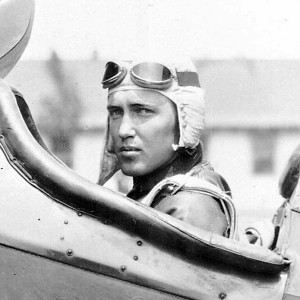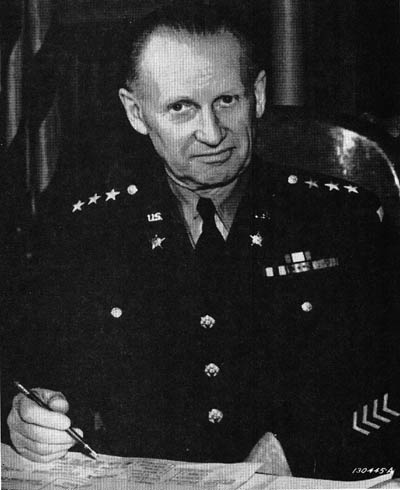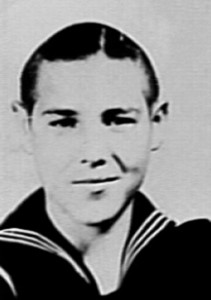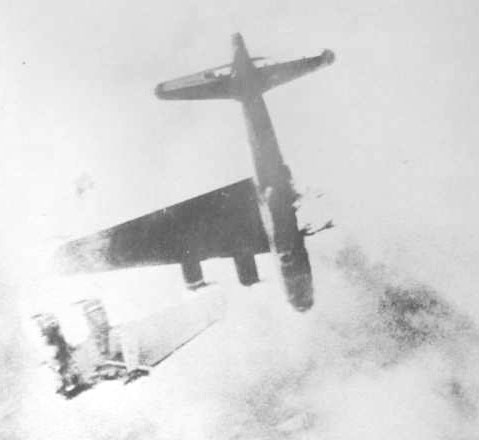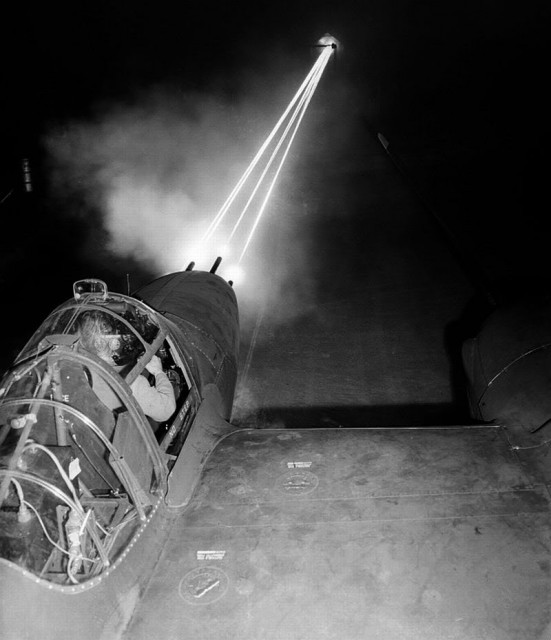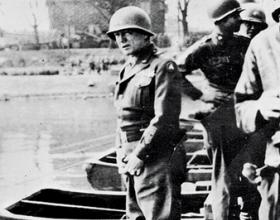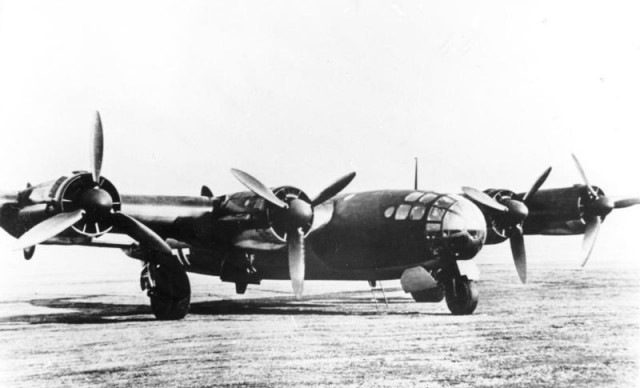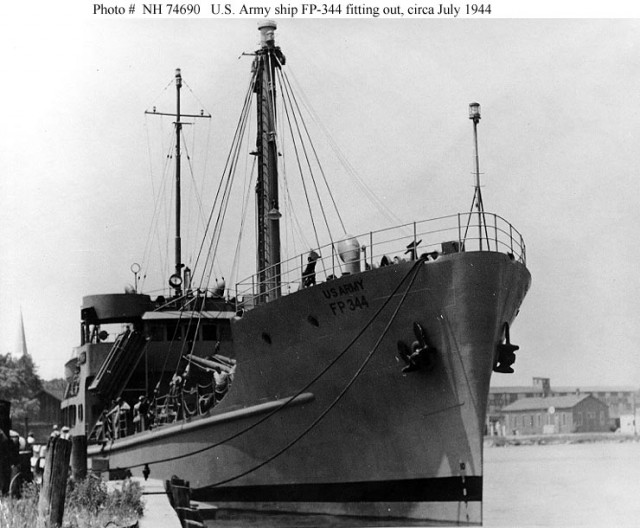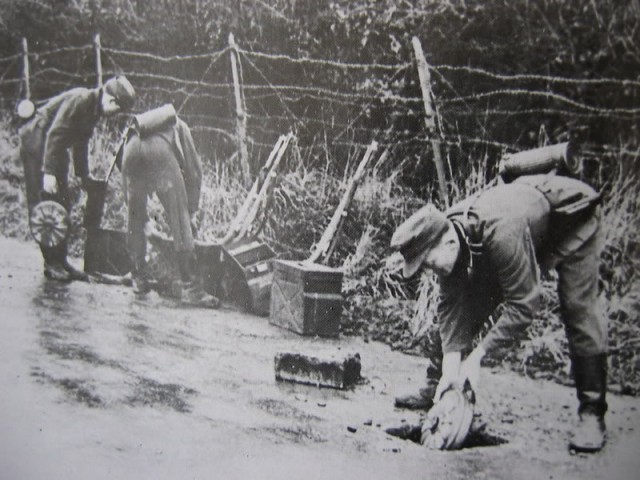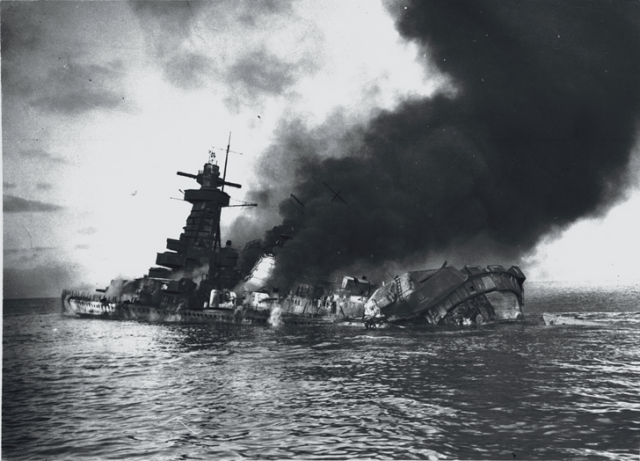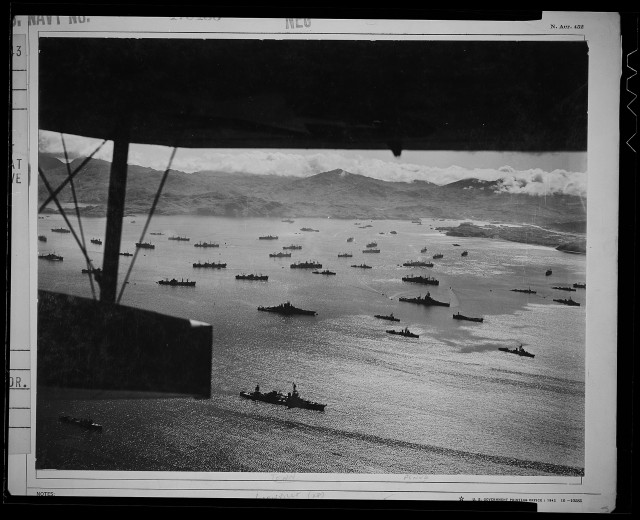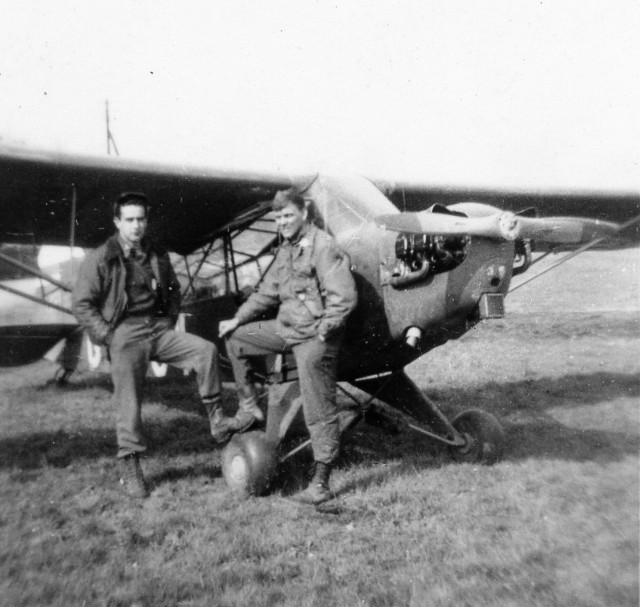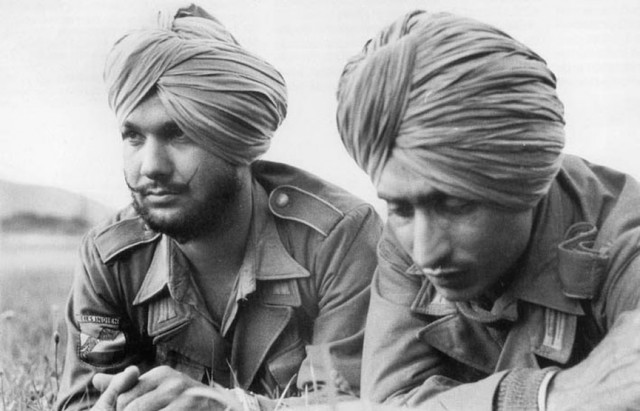17 Amazing facts from World War II that you never thought possible, but they are true!
The first U.S. service member killed in the European theater was killed in Norway in 1940 during a battle against the Germans
The highest ranking U.S. service member killed in action was Lt. Gen. Lesley McNair who died during a bombing raid by the U.S. Army Air Corps.
The youngest American service member to serve was 12-year old Calvin Graham who was in the Navy. Graham fought and was wounded in combat. He was later given a Dishonorable Discharge for lying about his age. Years later he would see his benefits restored by act of Congress.
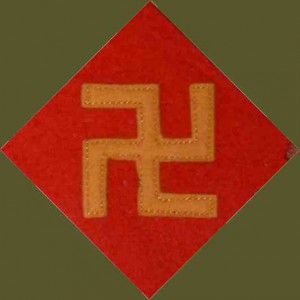
At the time Pearl Harbor happened the U.S. Navy command was called CINCUS (pronounced ‘sink us’), the 45th Infantry for the U.S. Army used the Swastika as their shoulder patch and Hitler’s private train was named “Amerika.” All three were changed shortly thereafter for PR purposes.
More U.S. service members died in the Air Corps than the Marine Corps. Air Corps members were required to complete 30 missions and had a 71% of being killed. Despite the high likelihood of death, B-17 bombers were far from helpless. They carried 4 tons of bombs and 1.5 tons of machine gun ammo. Throughout the war the U.S. 8th Air Force shot down 6,098 planes – 1 for every 12,700 shots fired.
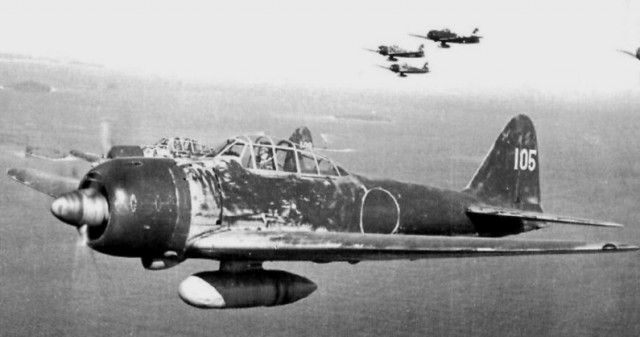
There was no such things as an “average fighter pilot” – you were either an ace or you were a target. As an example, Japanese ace Hiroyoshi Nishizawa shot down over 80 American planes. Ironically he met his maker while a passenger on a cargo plane of all things.
During the war it was a common practice on fighter planes to load a tracer with every 5th round to assist with aiming. This was a very costly mistake. Tracers have different ballistics. For every tracer that hit a target, 80% of regular rounds were missing. Most alarmingly, the tracers instantly tipped off an enemy that they were under attack and from where. In addition to fighter planes, soldiers loaded a string of tracers at the end of their belts to warn themselves they were out of ammo. Eventually units learned of their folly, those that discontinued using tracers saw their success rate double and losses go down.
A universal act of the Allied armies was peeing in the Rhine River upon arrival at it. Everyone from the lowest of privates to men no less than Winston Churchill (who made a big show of it) or General Patton (who had himself photographed in the act) did it.
The German Me-264 bomber was capable of bombing New York City, but the Germans felt it was not worth the effort.
Ironically, the US Army had more ships that the US Navy.
The Red Army fought “all-in.” Similar to the Japanese kamikaze pilots, the Russians destroyed over 500 German aircraft by ramming them in the air. The Russians also often cleared minefields by actually marching over them. Joseph Stalin proudly said of his troops, “It takes a brave man not to be a hero in the Red Army.”
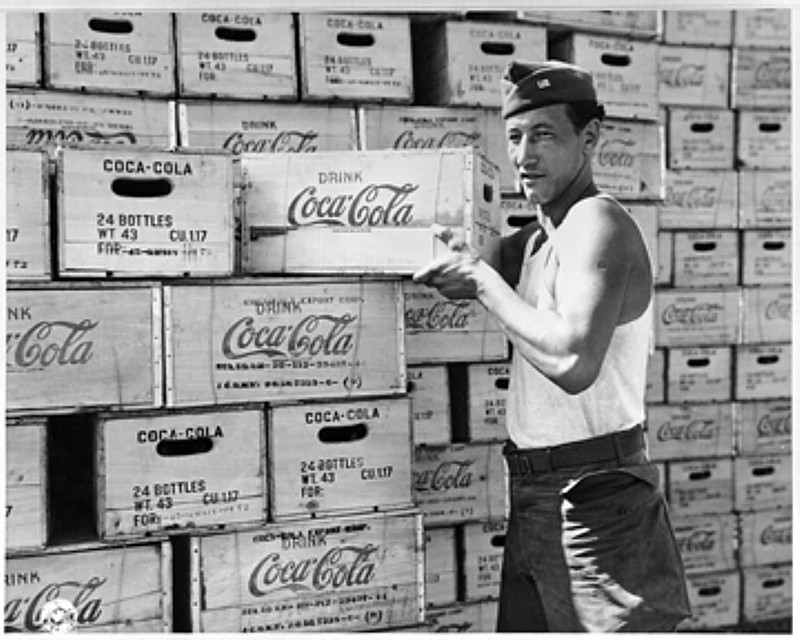
The U.S. Army deployed in style. Upon landing in North Africa they set-up 3 Coca-Cola bottling plants.
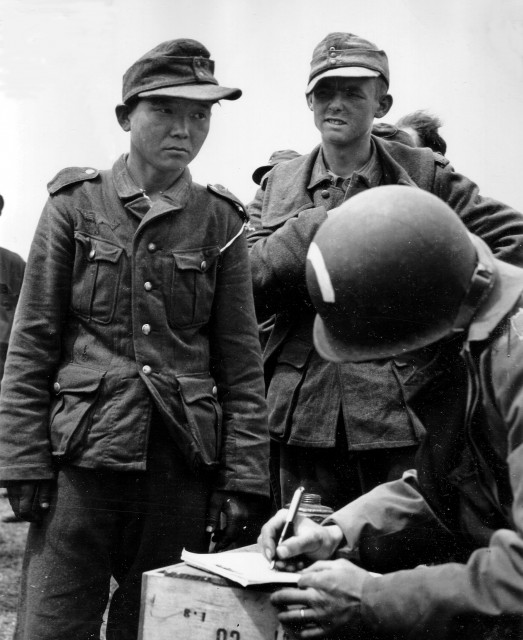
When they took Normandy, the first “German” soldiers captured by the Allies were actually Koreans! These poor soldiers were originally captured by the Japanese Imperial Army and forced to fight for Japan until they were captured by the Russian army who conscripted them to fight on their behalf. They were later captured by the Germans and forced to fight for them as well until they were captured and freed by the Americans.
The infamous Graf Spee never did sink. The scuttling failed, and the ship was boarded by the British Navy. Germany’s newest radar system was on board.
After an initial massive naval bombardment, 35,000 American and Canadian troops stormed the shores of Kiska. Only 21 troops were killed in the firefight. Casualties would have been heavier had there been Japanese on the island.
MISS ME was an unarmed Piper Cub. While on a spotting mission for the U.S. artillery her pilot noticed a German plane on a similar mission. MISS ME dived on the German plane, and the pilot and co-pilot opened fire on the German plane with their service pistols damaging it enough to force a landing. They quickly followed up landing and capturing the German pilots as prisoners. Where exactly they put the Germans remains a mystery as the MISS ME only had two seats.
Most Waffen SS members were not German.

